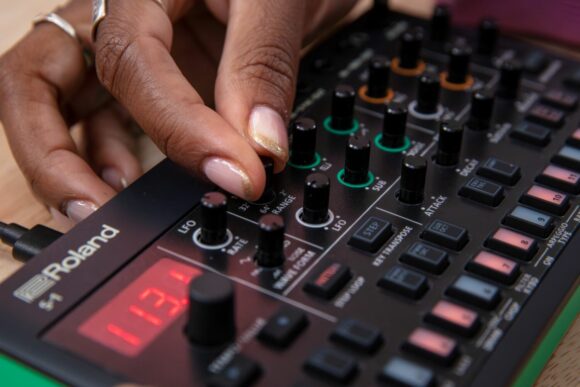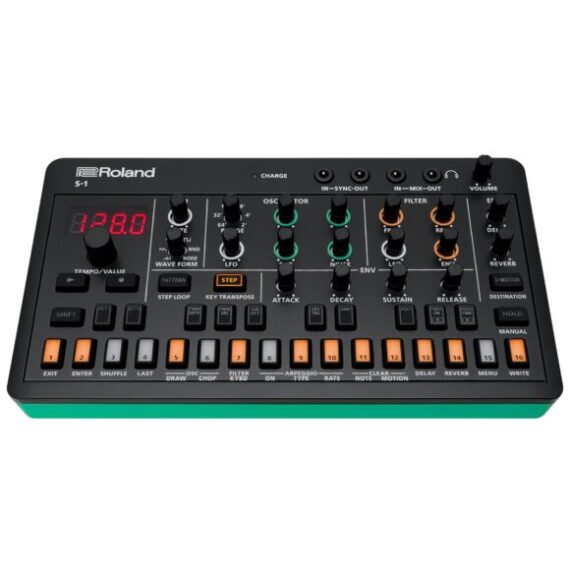1 Dec, 2025
The instruments, which are normally priced at $269.99, are all substantially discounted:
Hardware Roland Roland AIRA S-1 Tweak Synth $167.19 Cyber Monday
Hardware Roland Roland AIRA Compact J-6 CHORD SYNTH $179.99 Cyber Monday
Hardware Roland Roland AIRA Compact T-8 BEAT MACHINE $189.99 Cyber Monday
Hardware Roland Roland AIRA Compact E-4 VOICE TWEAKER $189.99 Cyber Monday
Hardware Roland Roland AIRA Compact P-6 Creative Sampler $219.99 Cyber Monday
1 Dec, 2025
VIDEO
Dual bytebeat engines, configurable independently
DETUNE knob for slight variations in pitch
PAN a bytebeat incantation between the left and right engines
GLIDE from pitch to pitch with adjustable rate
PITCH SCALING attempts to keep bytebeat “tempo” consistent while changing PITCH
Responds to MIDI Pitch Bend
Multiple on-device visualizations viewable in color or grayscale
Much faster display refresh rate for more fluid visualizations
Web-serial display of visualizations to compatible desktop browsers (Chrome, Edge…)
Digitally controlled analog filter – recallable settings and controllable via MIDI
60+ bytebeat incantations
60 save slots
USB-C for power/MIDI
PITCH is now represented in chromatic scale
Bytebeat incantations now display the original creator (or my best guess)
Updated and revised, illustrated printed user manual
The Distropolis Goods Prismatic Spray II is available now for $275.
30 Nov, 2025
The concert was recorded live, in one go, and with no overdubs.
The trio performance features Eline Smith on vocals; Jon-WIlly Rydningen on keyboards; and the late Gert Jalass on his Moon Modular large-format synthesizer.
This video work was done by Petter Kviltu.





